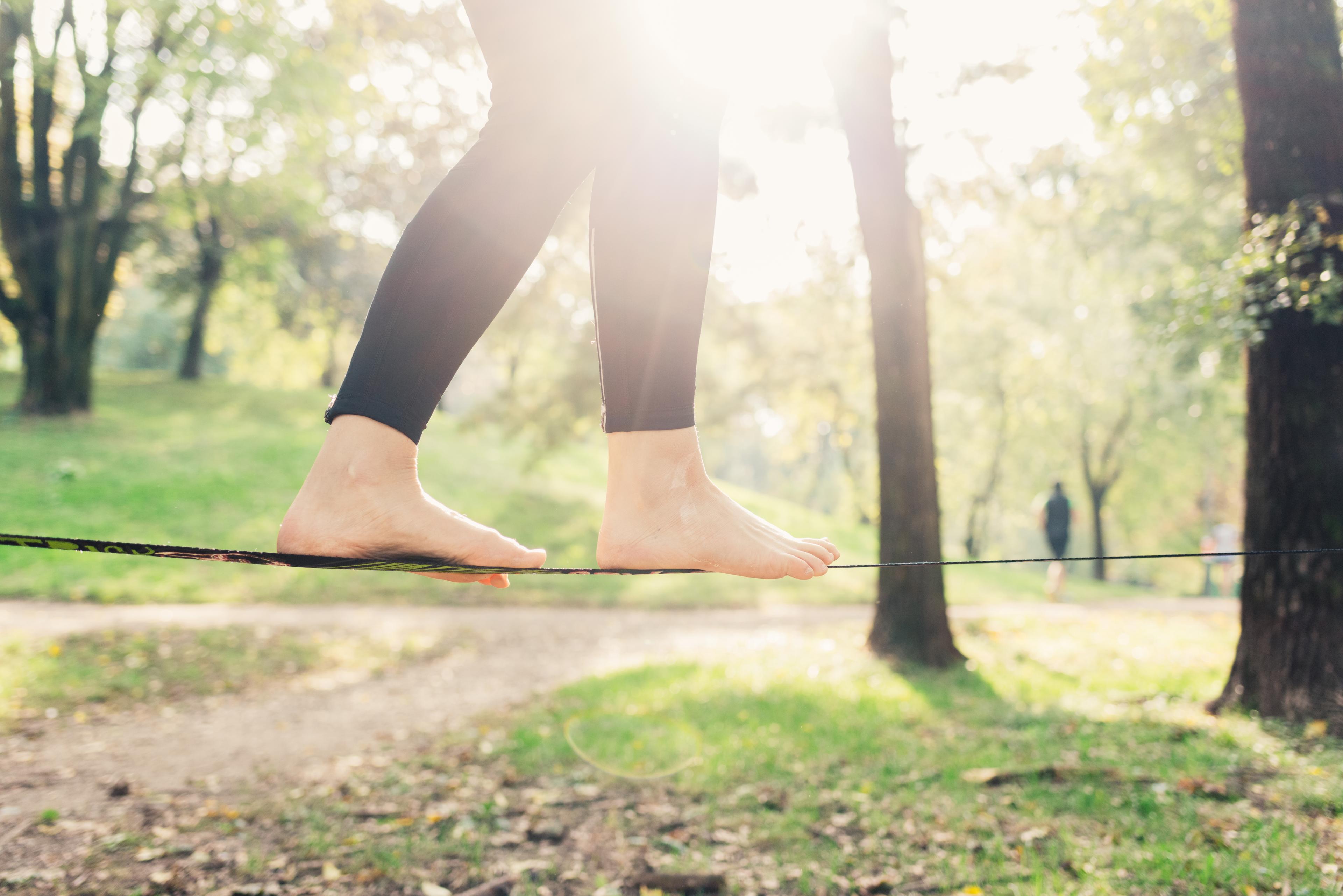Strength from the Ground Up: How Your Feet and Hands Shape Brain Health

What are you focusing on at the gym this week? Upper body, lower body, core? But what about your hands and feet? We rarely think about exercising our fingers and toes—they’re usually just along for the ride, helping us grip a dumbbell or balance during a jump squat. Yet, according to Dr. Kellyann Niotis, Director of Parkinson’s and Lewy Body Dementia Prevention Research at IND, and movement specialist Beth Lewis, it's crucial to dedicate time to strengthening your hands and feet. Doing so can boost mobility, overall strength, muscle function, and even brain health.
The Sensory and Motor Homunculus
Different parts of our body are more sensitive than others. The two-point discrimination test, which measures how close two points of touch need to be before we can distinguish them as separate, highlights this. For example, on the tip of your tongue, you can tell apart points just millimeters apart, but on your back, they’d need to be 30 to 40 millimeters apart. This is because certain areas—like the fingertips—have a higher density of sensory receptors, meaning they have a stronger connection to the brain.
This relationship is mapped out in the sensory cortex of the brain, where more sensitive areas like the hands and lips take up a larger portion. This is illustrated by the homunculus, a distorted human figure with exaggerated body parts representing areas of high sensitivity. Similarly, the motor cortex, which controls movement, dedicates more space to body parts with greater motor function. These two cortices work together to process sensory input and direct movement, creating a constant back-and-forth between the brain and body.
While some areas, like the tongue, naturally have a larger presence in these brain regions due to their role in speech, the maps are flexible. Increased use of certain body parts, like a pianist's fingers, will expand their representation, while disuse can cause it to shrink. For example, someone who loses the ability to walk will experience a reduction in sensory and motor cortex map coverage of legs and feet over time.
Dr. Kellyann Niotis explains:
“So, there's this really cool thing in our brain called the sensory and motor homunculus. And it's essentially the part of the brain that all of our motor signals and sensory signals go to. And what's really cool about it is it's topographically mapped out to represent the human body. Our hands are just so intricate in terms of how many sensory endings they have, what types of fine motor movements they're capable of performing. And you'd be surprised how unable people are to perform really simple coordination movements or simple grip strength movements. The same is true for the toes. You'd be really surprised how many people can't really wiggle or separate all of their toes or move them independently.”
"Use It or Lose It" for the Brain
The brain operates on a "use it or lose it" principle. As we age and become less active or stop using our hands and feet as much—due to arthritis, retirement, or other factors—those areas shrink in the brain's sensory and motor maps. Dr. Niotis elaborates: "So if [the brain] isn’t receiving sensory input from your feet, because of either age-related loss in the peripheral nerves, or because it's just not used to moving anymore so those movement signals aren't there. Those sensory inputs start to degenerate and it's kind of like a sensory or motor paralysis where you have to retrain your brain. And it just so happens that things like your hands and your feet and your tongue take up so much precious real estate in the brain, and those aren't the things that we tend to really focus on when we go to the gym.”
Training fine motor skills in the hands and feet is essential for improving overall coordination and muscle recruitment. Loss of strength, mobility, and proprioception (awareness of your body’s position in space) can lead to common issues as we age, such as shorter strides, shuffling gait, increased risk of falls, and reduced awareness of the ground beneath us. To address this, movement specialist Beth Lewis suggests using tools like grip-strengthening eggs, toe spacers, and textured insoles to enhance both sensory input and motor function in the feet.
To explore more about these strategies and how to improve both physical and cognitive function, watch our conversation with Dr. Kellyann Niotis and Beth Lewis in the video above.
By Alicia J. Barber, PhD
Disclaimer
The Video and Written Educational Content included on this site is not intended to be a substitute for professional medical advice, diagnosis, or treatment. Always seek the advice of your physician or other qualified health provider with any questions you may have regarding a medical condition. Never disregard professional medical advice or delay in seeking it because of something you have read or seen on the Site.
The information contained in the Educational Content posted represents the views and opinions of the individual in the recording and does not necessarily represent the views or opinions of IND. The mere appearance of Educational Content on the Site does not constitute an endorsement by IND or its affiliates of such Content.
The Educational Content has been made available for informational and educational purposes only. IND does not make any representation or warranties with respect to the accuracy, applicability, fitness, or completeness of the Content. IND does not warrant the performance, effectiveness or applicability of any sites listed or linked to in any Content. IND hereby disclaims any and all liability to any party for any direct, indirect, implied, punitive, special, incidental or other consequential damages arising directly or indirectly from any use of the Content, which is provided as is, and without warranties.